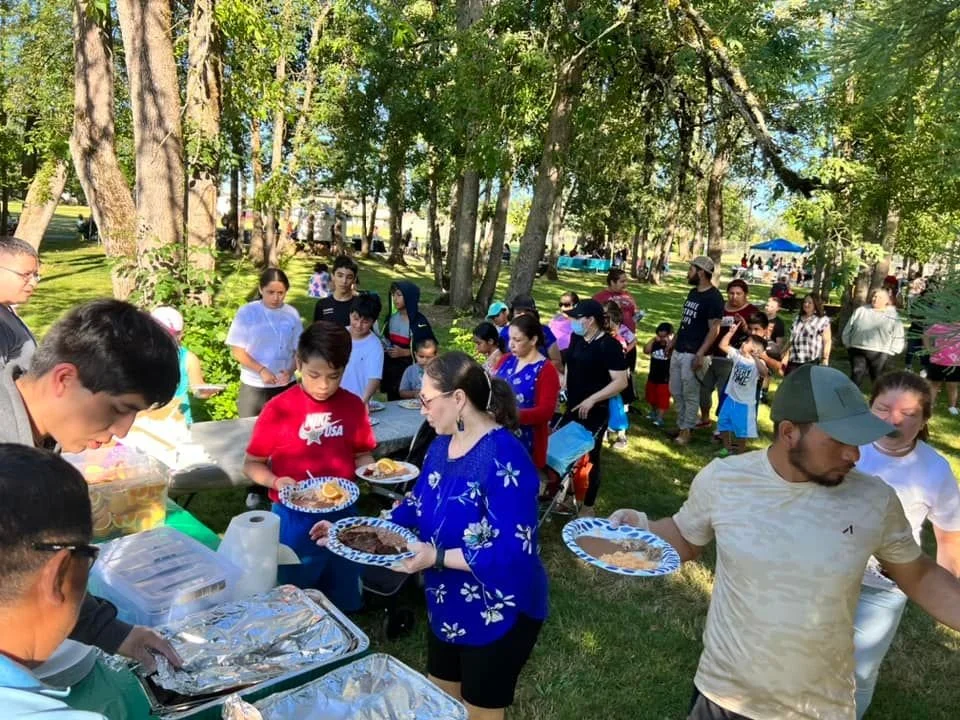Perspiration Pays Off for Neighborhood Family Councils
Written by Tim Buckley, March 2023
You’ve been there. After watching a stimulating video or attending a one-day conference, you come away with a fresh perspective and a promise to change your habit moving forward. Then what? Two weeks later, the wisdom of the keynote speaker and the resolve to change has faded; life’s old patterns remain.
Making big changes certainly take an element of inspiration. But remember what the man who brought us the light bulb said? “Genius is one percent inspiration and 99 percent perspiration.”
“Things don’t happen out of the blue,” Eduardo Angulo says. He was talking about the success of recent Neighborhood Family Council events where hundreds of families showed up. And he’s talking about the big increase in volunteers, including parents who are becoming more actively involved in their kids’ education, families involved in making their streets and parks safer.
“CBEL’s model of supporting NFCs is all about equity and trust,” he said, “and that takes time to establish and nourish.
“What makes this project different, and very important, is the fact that decisions made about neighborhood priorities and projects come from the neighborhoods themselves.”
Unlike the old days, when funders determined where and how the money would be spent, the CBEL model supports the idea that those expressing the need know best how to achieve their goals.
“The B in CBEL stands for business,” said Eduardo. ”Ongoing investments made by Salem’s business community are absolutely crucial, and they tend to have a multiplier effect.”
Building Community Resilience, the model employed by CBEL is inspired by people like Eduardo, and like Dr. Wendy Ellis, whose work at George Washington University is helping to strengthen neighborhoods across the country. But the results we see in the Hallman and Kennedy neighborhoods are because of the perspiration of the mothers and fathers whose workday doesn’t end at sundown.


